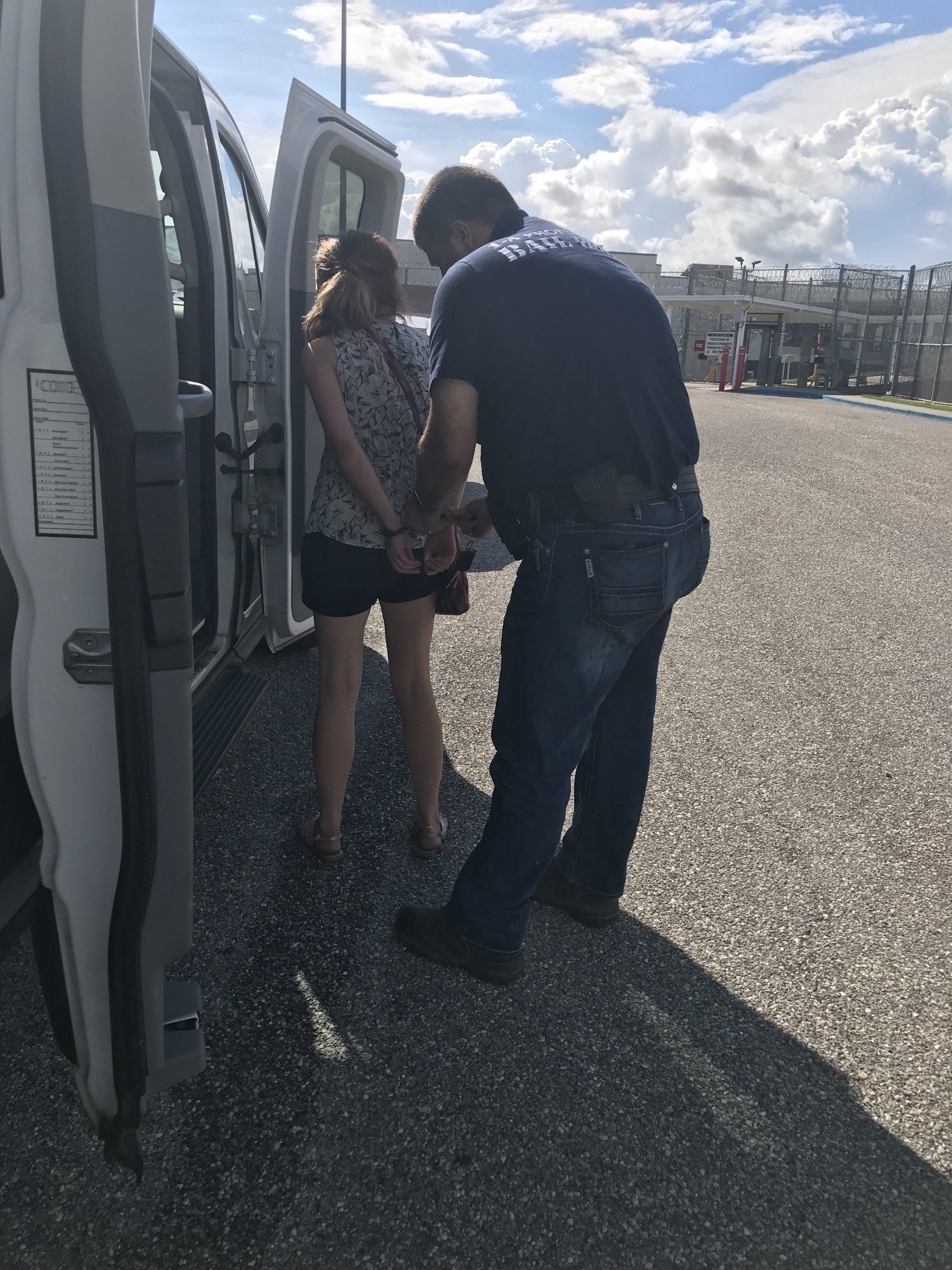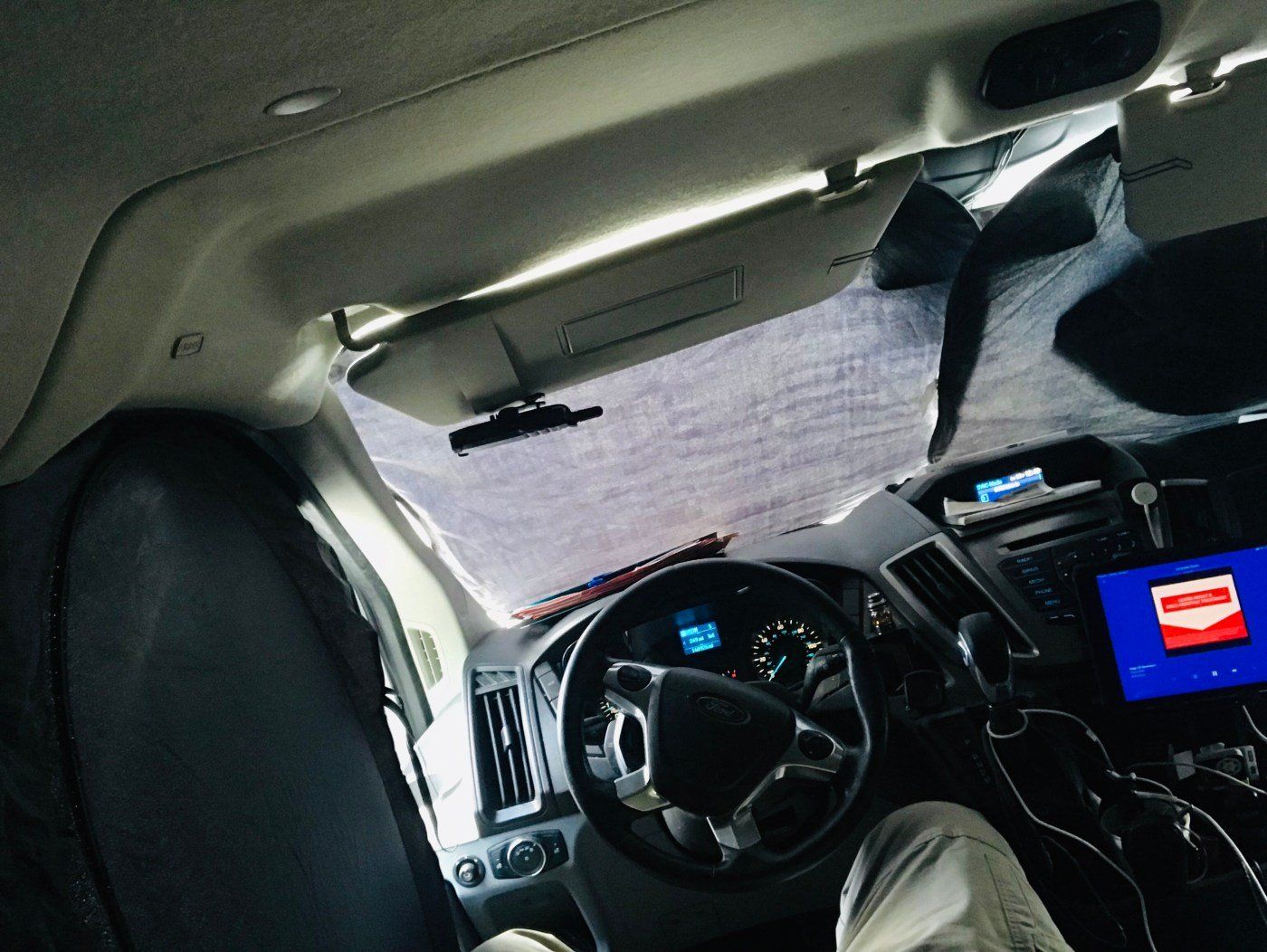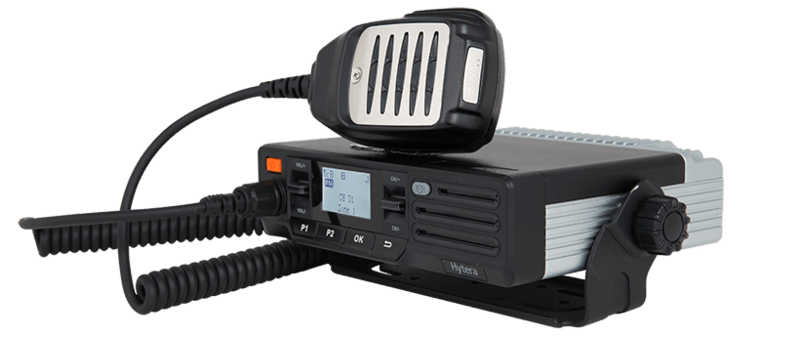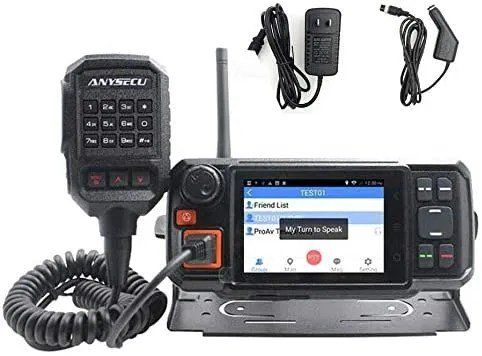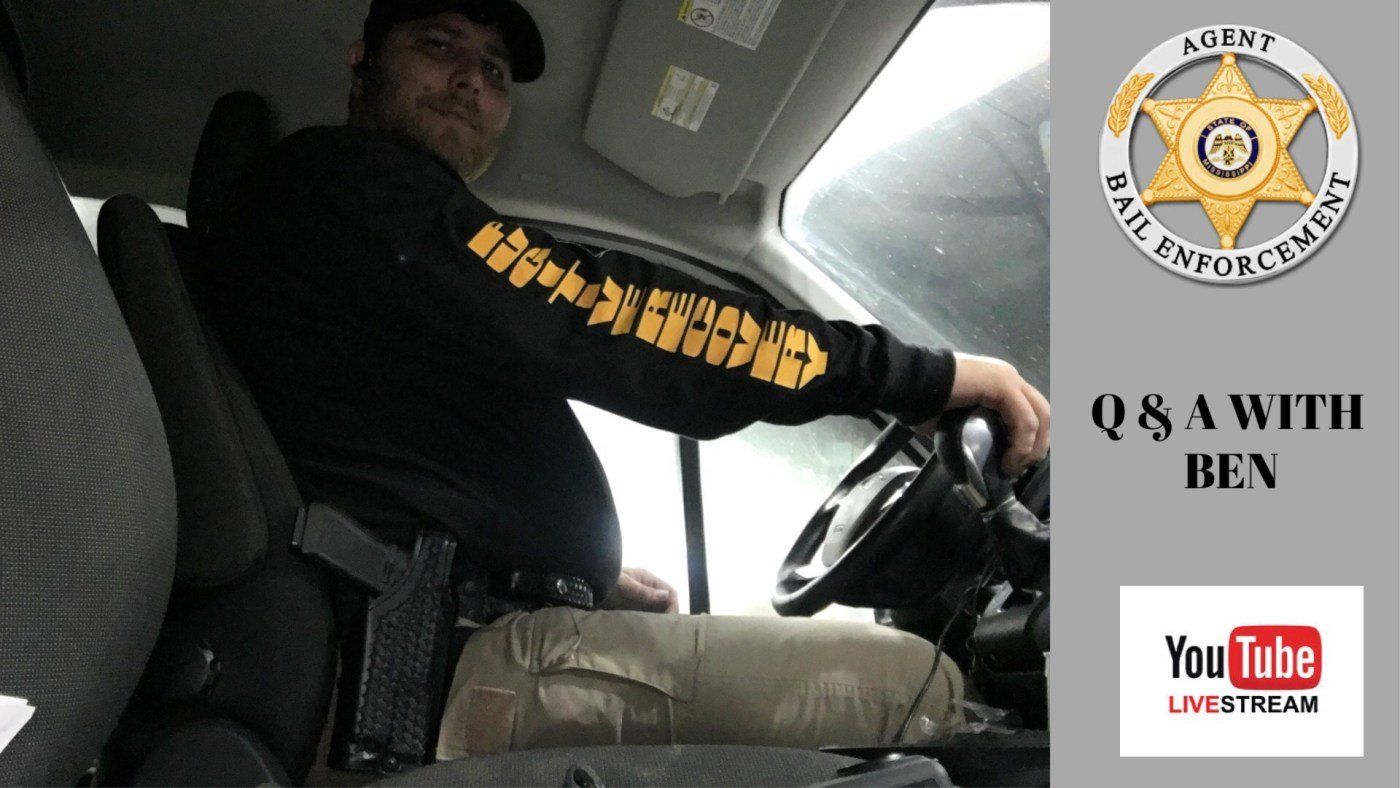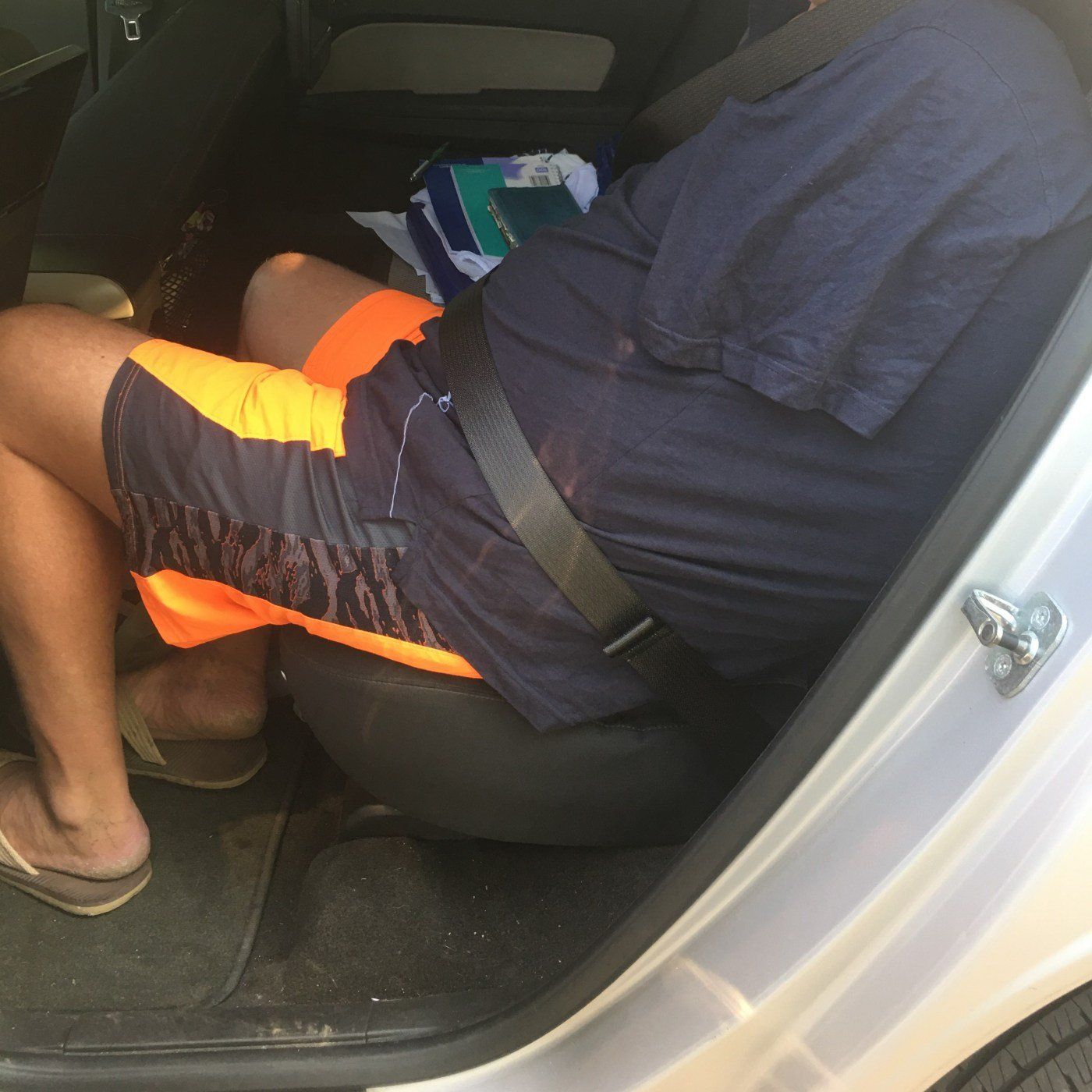Team Communication
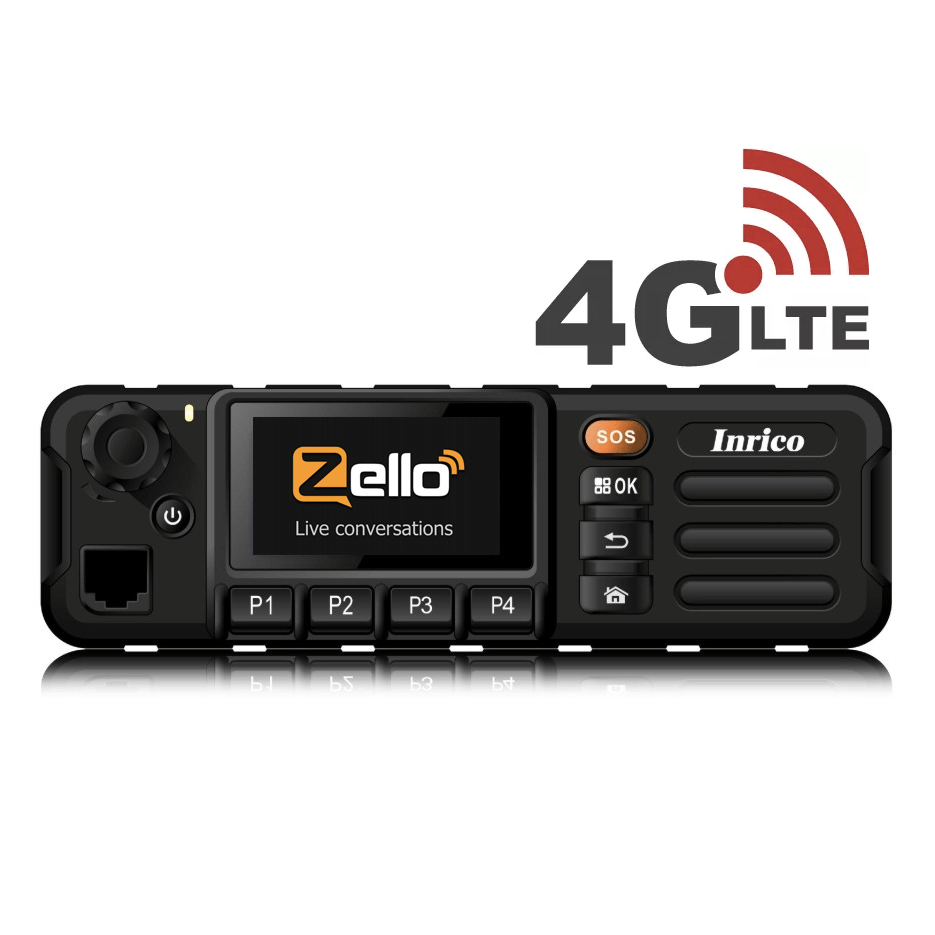
I have to confess, I have an absolute love for communication more specifically, radio communication. Even as a young boy I understood the landline. Especially once the teachers did the cup and string trick to teach us how your voice vibrates the string and carries your voice to the other side. As such, the wired phone line wasn’t that fascinating to me. HOWEVER, I’ve always found it extremely fascinating that I can talk into a device with no wires coming out of a wall and my voice magically appears across the city or even across the country in someone else’s ear.
My love for radios started when we would visit my Granddaddy on the weekends. He had a “forbidden” room in his house. From time to time I would sneak into the secret room and there before me was the most awesome gadget I had ever laid my 6 year old eyes on. It was a CB base station that I was convinced could talk to Mars. Of coarse in those years everyone had CBs in their family cars. We would use them to talk to each other during family road trips or get ahold of each other around town if you weren’t near a payphone (google it, I promise it was a thing) or at someone’s house where you could call home. I eventually inherited my Granddaddy’s base station gear and still have to base antenna to this day. If I hadn’t lost all of my worldly possessions in Hurricane Katrina, including Granddaddy’s Realistic (brand) CB radio, I would have pictures of myself in different stages of life with different types of CB radio’s, police scanners, business band radios, etc. I even had a mobile CB mounted to the hood of my TORO 12hp riding lawn mower when I was 12 and mowing my neighborhood lawns. I talked regularly to a group of locals that would meet for coffee every Sunday morning and chat. I would talk on my Cobra 13 channel radio with a magnet mount antenna sitting in my window all hours of the night to all of my, much older, friends on what was known back then as the “family channel”. It wasn’t ideal but it worked until I got a base station. Nowadays I still love radio, I’m a HAM radio operator for a hobby but now I have to use radio for the job.
All that brings me to where I am today. Even though I still have a healthy love for radio communication as a hobby, I have a practical need for it too.
Over the years I’ve always had the same struggle, how to communicate with my team reliably while out in the field. I have been thru the gambit of radio gear. I’ve used every type of radio available to the regular consumer and some not. Over the years I have tried:
- CB (of coarse)
- UHF/VHF Business Band
- GMRS/FRS
- MURS
- Blue dot / green dot
- Nextel / Southern Linc (Iden)
- Cellular PTT add-ons
- PTT Phone Apps
- POC (PTT Over Cellular) Radios
- POC Dispatch Services
With the list above I have tried an even longer list of radio equipment. Every radio type has its pros and cons. Some have some major pros and some have some major cons. This article will lay out my own experiences with each type and what I think are the pros and cons for the purposes of team communication. What I think is my best option when communication matters the most. I’ll primarily focus on the current most popular options on the market.
One thing it is important to understand, no matter what equipment you use, no matter how expensive your gear is and no matter how hard you try. THERE IS NO SUCH THING as a bullet proof communication system. If I haven’t learned anything else, it’s your system WILL fail you at some point and at the most inconvenient times, it’s the nature of the beast. Your analog radio will be out of range of the others or have too much interference, your duplex radio might not be able to reach the repeater, your favorite IDEN service will suddenly abandon you, your POC 3G or 4G signal will be too weak, your PTT app service will be going thru an update. The list goes on and on.
There are currently a lot of different options out there for radio communication on the market. Not 1 solution fits fits every team’s needs. Depending on team dynamics it’s pretty easy to find a good overall solution that will work, mostly.
1st up: The analog business band radio.
These are typically purchased, charged and used without being programmed or modified. They come preset with business band frequencies. They are a “plug and play” solution for a lot of people and businesses. This also means that a typical setup is going to be a direct radio-to-radio system AKA analog simplex. This means that the radios have to be pretty close to each other in order to talk to each other. With some technical knowledge it’s pretty easy to set these up to work on an existing repeater system but that requires permission from the repeater owner or your own license. Although the type of repeaters that would use this technology are being fazed out systematically in the commercial arena, although there are still some companies out there that will let you lease slots on their system. Even with a repeater, you are limited to the boundaries of the repeater’s geographic limits, usually to a specific city or area in the city.
No matter the brand or model of radio, I see these type radios used most often by teams. I even use them from time to time if I need to. They are inexpensive and easy to use. This option works great in a small team environment within a small geographic area. They lack reliability when it comes to distance and environmental interference.
My team used these radios for a long time. When it came to being around a small house or apartment complex, they worked fairly well. They would even work OK while we were en route to a location as long as we were traveling within a few hundred yards of each other. Even the mobile version with a good exterior antenna would only get us a few miles apart before it becomes unreliable.
These radio come in either VHF or UHF but a lot of them are dual band which means that that 1 radio can operate on either VHF or UHF but usually not at the same time.
The major downside to these radios are that if you are operating in different locations, whether it be at the opposite ends of a large apartment complex or 2 different areas in the city, you cant talk to each other. As for me, I prefer to be in constant contact with my team members while we are in the field. We recently encountered a situation where 2 of us were 4 stories up and 1 team member was outside the building watching for our subject in case he climbed out of the balcony and down, it happens. In this case an analog radio system would not have been reliable, especially if a foot chase ensued widening the distance quickly.
Another challenge with these radios are that they are widely used by hotels, motels, retail locations and other hospitality based businesses. This means that while we are out in the field we have to be very careful what information we put out across the radio. The transmission might be heard by someone that it shouldn’t or least case, we might interfere with someone else’s business operation. In either case, its not a secure form of communication.
If you are somewhat text savvy and do not need a nation wide network or if your team is always together there are some DMR options that offer some “encrypted” communication. These radios can be pretty affordable but if you go that route make sure you get a radio that is MOTOTRBO compatible. One good option is the Ailunce HD1 DMR. While I have never personally use this radio I have some good friends that use them and are very happy with them.
Overall: Even with their risks and limitations, these radios are a good entry level team communication solution but as you succeed in business, it shouldn’t take you long to start looking for a better more versatile solution.
Here are a few of my picks for this radio solution
2: GMRS / FRS radios aka “Bubble Pack Radios”
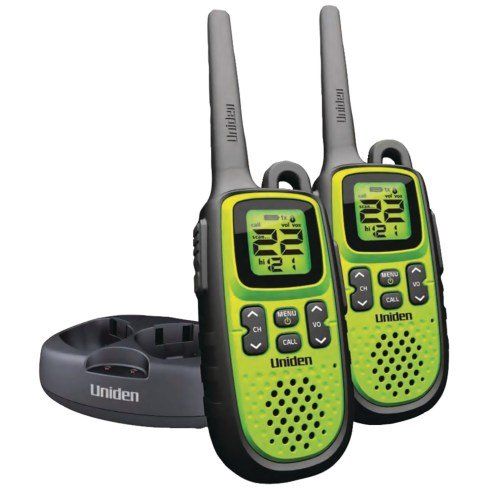
In the early to mid 2000’s these handy little radios hit the market like a storm. All the sudden everyone could have a walkie talkie. They used them on family trips, group events, neighborhood watch, security and all sorts of things. In fact, when I worked security in communities, the local trouble makers would use these radios to signal each other of my whereabouts or the uninvited presence of law enforcement.
They live in that “grey area” in society vs law. While it is against the law to operate these radios on the GMRS channels (CH 15-22) without a license, the channels are readily available along with the no license required FRS channels (CH 1-14). To the average person, if I cant use it without a license, why can I buy it without a license? Also, it is a violation of the FRS/GMRS FCC rules to use these little guys for business purposes. However, I’m pretty sure there aren’t any GMRS Enforcement SWAT Teams out there kicking in doors.
I use to see these used a lot by teams but no so much anymore as there are a ton of much better options out there now. I mostly added it to my list because they are still out there and accessible. We tried them out for a short time. Because, well, why not? I am a communication junkie after all.
PROS: These radios are another plug an play option for people. They come right out of the package ready to go. They are inexpensive and readily available at many stores around the country. No matter the brand or where you buy them, the channels are all the same. This also means that they are easily replaceable on the fly. You don’t have to worry too much about dead batteries because most of them have replaceable batteries with standard AAA batteries.
CONS: Besides the aforementioned legal issues, there is a staggering list of cons behind these guys. I could probably write a whole article on that topic alone. For your sake, I’ll keep it basic.
These radios are NOT secure at all. Because they all work with each other, anyone that has one can listen in or even interrupt your team. There’s nothing worse than trying to use fancy tactical talk and secret codes and then a chatty pair of 6 year old’s bursts in to your radio chatter.
They are, by design, very low power and do not transmit very far. They are also compromised by a ton of environmental obstacles. While they work well in and around buildings, when you get out into a wooded area they become extremely unreliable as the foliage absorbs the signal. Even though the package may say “up to 33 miles” in big bold letters, that is extremely misleading. In order to achieve those distances you would need to be a licensed GMRS operator and have access to a GMRS repeater in an obstruction free environment. For the purposes of this article, we are talking radio-to-radio. These radios are good for about 1 – 2 blocks on a good day.
You cannot program custom channels into these radios. Even though there are programmable radios on the market that will accept these channels, it is a blatant violation of the FCC Rules to use these radios to transmit on the FRS/GMRS channels.
Overall: This is arguably the worst option for your team’s communication solution. They are great for things like hobby radios, family outings and cruises but when it comes to teams, you should leave these on the shelf.
If you insist on using FRS/GMRS, at least use a cool one. Here are some options I found.
3: POC / PTTOC / NETWORK RADIO / PTT APP
This one is going to be a bit lengthy but I think it’s worth it. I will admit that these have become my all time favorite solution to my team’s communication. It doesn’t come without it’s drawbacks though.
Network radios are not as plug and play as other solutions but they don’t require a technical degree either. The market has been flooded in the last few years with a wide range of POC devices and PTT services that are easy to use and affordable. There are so many different options that there is no way I can cover even a fraction of them so I am going to cover the ones that I have used and am familiar with. I will be writing more in depth articles on the different services that I have tried.
These radios are essentially smart phones with a radio housing. You have to either use a cellular SIM card or connect it to WIFI in order for it to connect. Basically, these radios have to be connected to the internet to work. Most of them require a GSM based SIM card to work, like AT&T or T-Mobile. I use a NET10 (AT&T) Prepaid SIM in mine. The really cool part about that is you are not restricted to distance. I travel all over the country and stay connected to my team back home regularly. The downside is, if you are in an area with little or no cell service, your radio will not work. Even if you are standing next to each other, no connection, no talkie. Just how it is.
Most of them that I have used are Android based and are easily “programmable”. They use PTT Apps that are downloadable from the built in app store or you can download the program APK file to use it on the device. Not all devices are created equally. It can be a daunting task to try and figure out the best one to use. Some devices only accept proprietary apps, some have screens, some only connect to the almost desolate 3G network. If you are looking for one of these devices, make sure it is 4G.
There are many services now that sell devices ready to go. They send them to you already set up and with service but with those you usually have to use their program and radio. There are even radio services that offer a dispatcher as part of the service subscription. Depending on whether or not you want more control over your set up or you just want a system that works, there is an option for either. There are also options in the middle. See my article comparing the different POC services for a more in depth explanation.
Here ill give you a quick rundown of the equipment that I have used so far in this arena of communications:
I started my PTTOC adventure using the free version of Zello on my phone. This is the quickest, cheapest and easiest way to get into the radio life. I used it primarily to chat with friends in the industry but on occasion have used it for various business purposes. Although I enjoy it, I found that team members that either aren’t tech savvy or just aren’t interested would rather have an on/off radio that they could leave at home if they didn’t want to be bothered.
When I decided that my team needed to communicate more on the move I started trying different solutions.

Motorola TLK-100
Motorola WAVE on cloud was my next try. It operates on the Verizon network and has a self managed online portal for programming. This system does not play with other users outside of your account but it does offer a mobile app to bring others into your group. It wasn’t a bad system but ultimately I needed something else and in the beginning the system suffered from some technical issues that I couldn’t live with. Hopefully they have corrected them. With a 2 year commitment, they will send you the radio at no charge. I was paying about $35/mo. per radio when I had the service.

911iNet was my next system. It is a managed system with a dispatch service and CAD as an option. They use Kirisun radios with a proprietary ptt system. Their current radios operate on 4G but if you buy on the used market you might wind up with a 3G radio. They use the GSM AT&T network but odly enough these radios seem to have service when none of my other AT&T equipment does. Connection wise, this system seems to be the most dependable. Accessories are difficult to find and use with their current models. There are some benefits to being on it, especially for the loan operator but there are some drawbacks as well. It is affordable monthly service but you have to purchase your equipment up front. You’re on the same system as thousands of its users and hundreds of other companies/teams. I will be writing a much more in depth article about my experience with this service. Follow me to get notified when I put out articles.
Here are some accessories I have been able to find for the common 911iNet radios
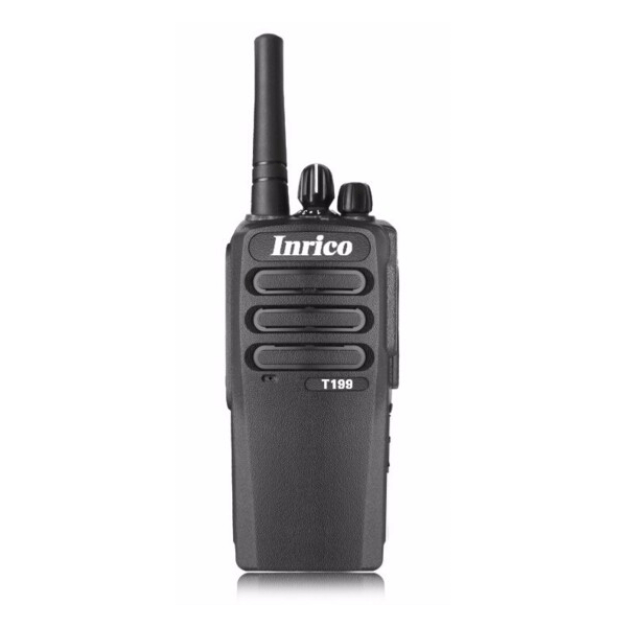
Inrico T199 with Zello free PTT was my next try. I’ve always been a big fan of Zello despite some of its quirks. It’s free version and paid version offers very different user experiences but I like the free version for what I’m doing right now. The T199 wound up being a nice radio but it operates on 3G so it didn’t have a dependable mobile connection but it does make a good office radio when it’s on the office WiFi. They are less expensive than the 4G counterparts and it gives the staff at the office a connection to the teams out in the field.
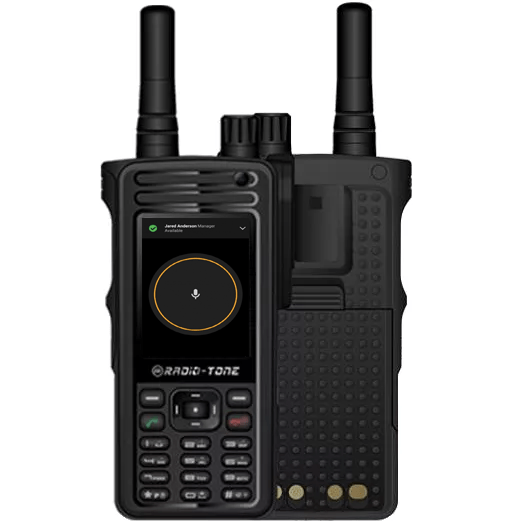
Radio-tone RT4 was my next try. It’s slightly bigger than the T199 and offers 4G LTE. You can get it with some pretty cool accessories like a car dock, a speaker mic, a surveillance headset and a desktop charger. It has a changeable batter that can be charged on the go with a regular micro-usb. It’s a bit buggy. It’s nice that it has google play store and can use apps like Life360. It’s small screen makes it difficult to use the apps and the screen never really turns off. The screen light will turn off but if you touch it, it will change settings and channels without you realizing it because you think it’s off. This radio also uses a GSM SIM card.
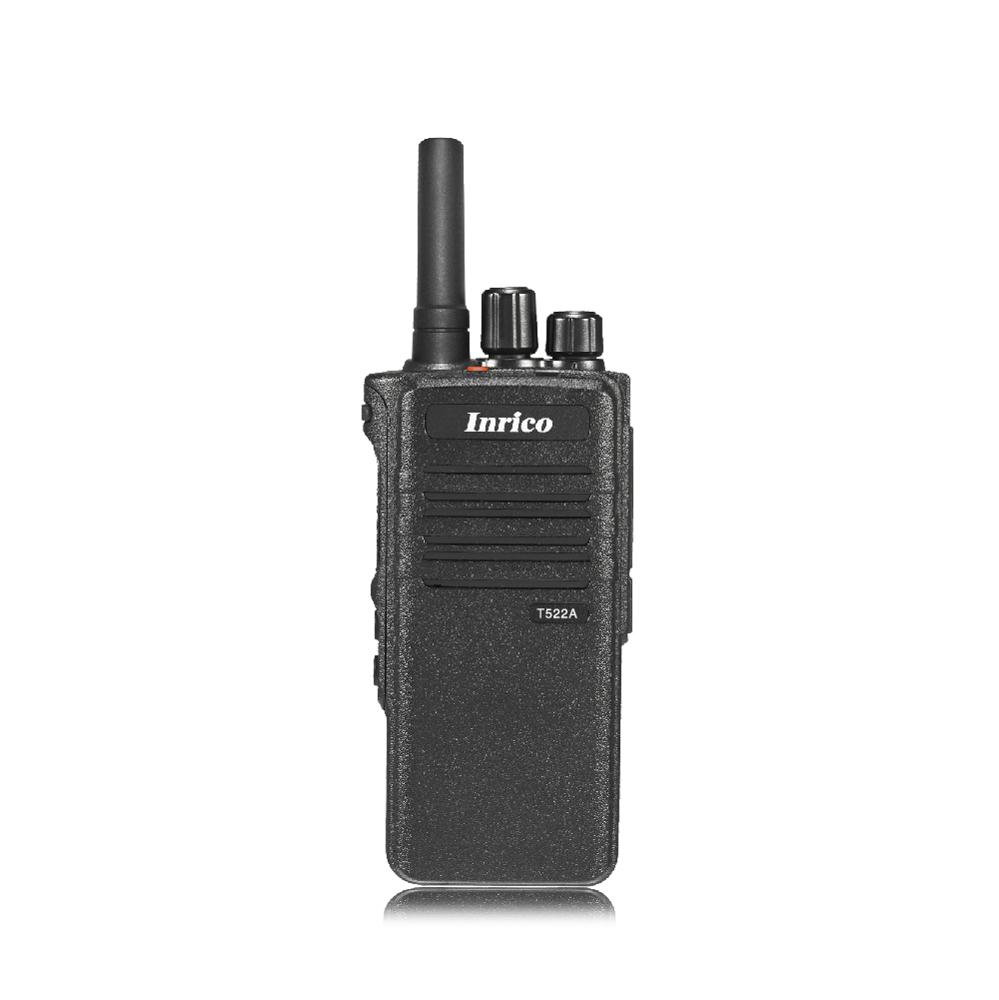
Inrico T522a is my current try. It uses a GSM SIM card. It operates on 4G LTE. I am currently operating the Zello free but we did play around with the Zello at work a little with this radio. So far this has been my favorite solution to date. Other than a short learning curve and some minor limitations this radio seems to have what I’m looking for. It takes a standard Motorola M7 speaker mic which makes accessories easy to find. It’s affordable and sturdy. There is a few things you need to know about setting this radio up but it’s not hard. There are instructions out there if you can’t wait until I put mine out. so far the 1 major draw back is you can only charge it in its dock. There is no charging port on the radio or battery. Spare batteries are readily available. It does not have google play on it so it might be harder to find apps to run on it. So far I have not been able to install google play despite it running Android. If you are looking for this cool radio, head over to https://gulfconnect.net/ I’m not getting paid to say that, he’s just got an awesome customer service attitude and I enjoy doing business with him.

Inrico TM-7 Plus is my next try. I think inrico is really trying to grab the POC market. So far, they are putting out great products. I want to test them all. Follow me for updates on the radios as input them thru their paces in the field. https://gulfconnect.net/ also sells this radio.
I am going to be writing separate articles on each piece of equipment I try with the hopes to finding my perfect solution.
This is my first article so forgive any misspellings or other type a graphical errors. I hope this helps in your journey to find reliable communications. Check back on this article later I will be making some additions and corrections as I go along.
